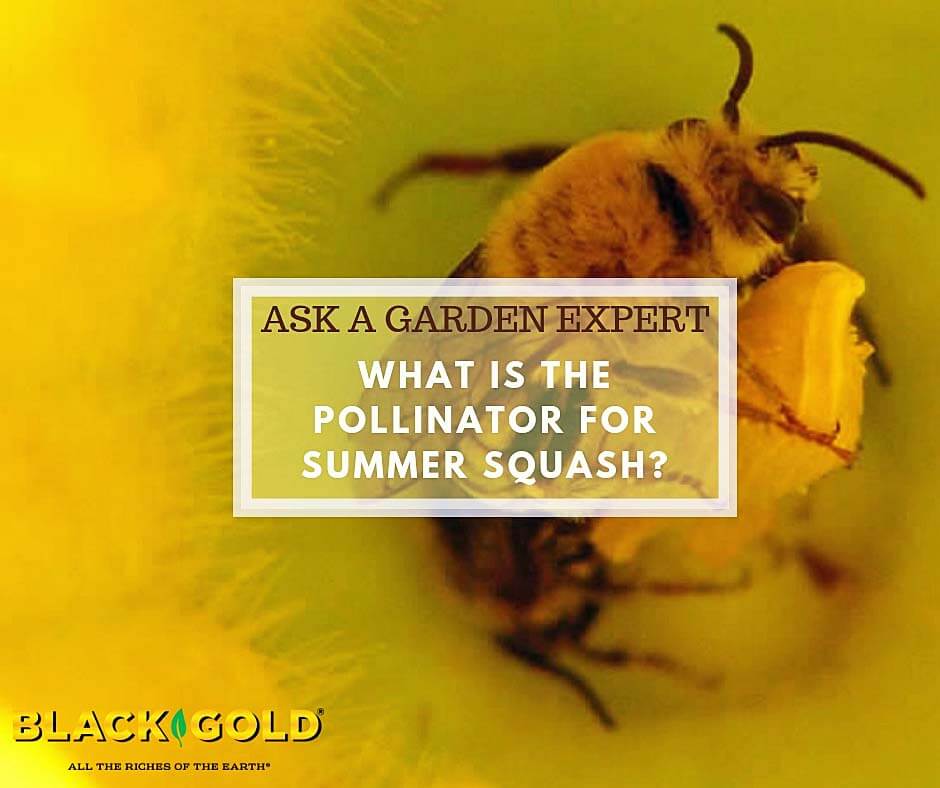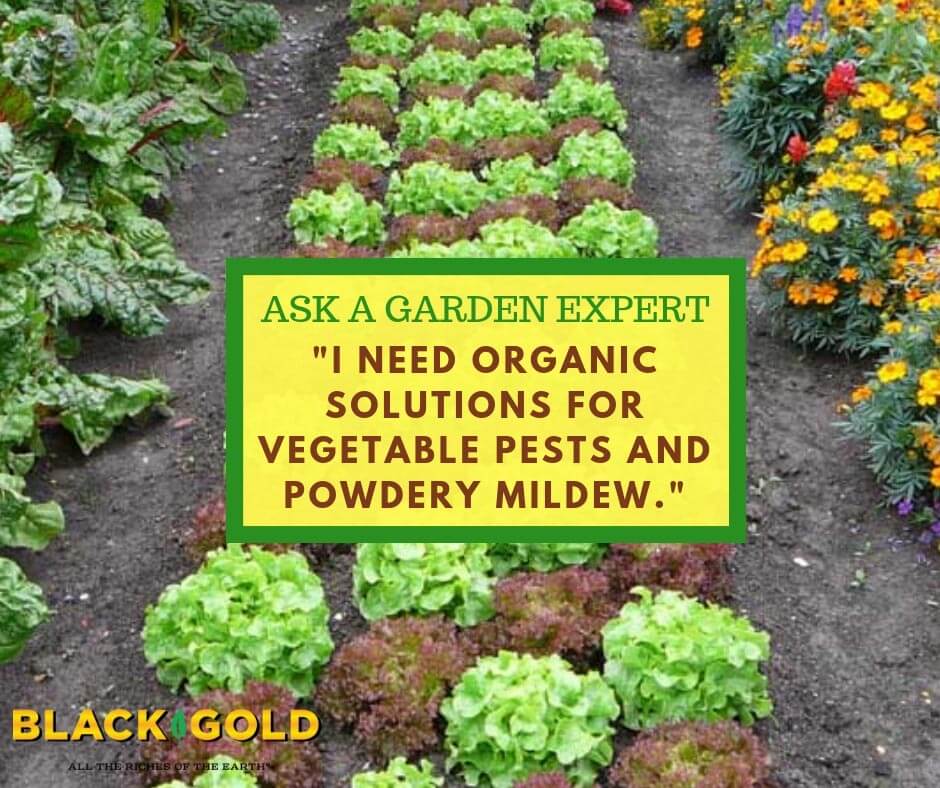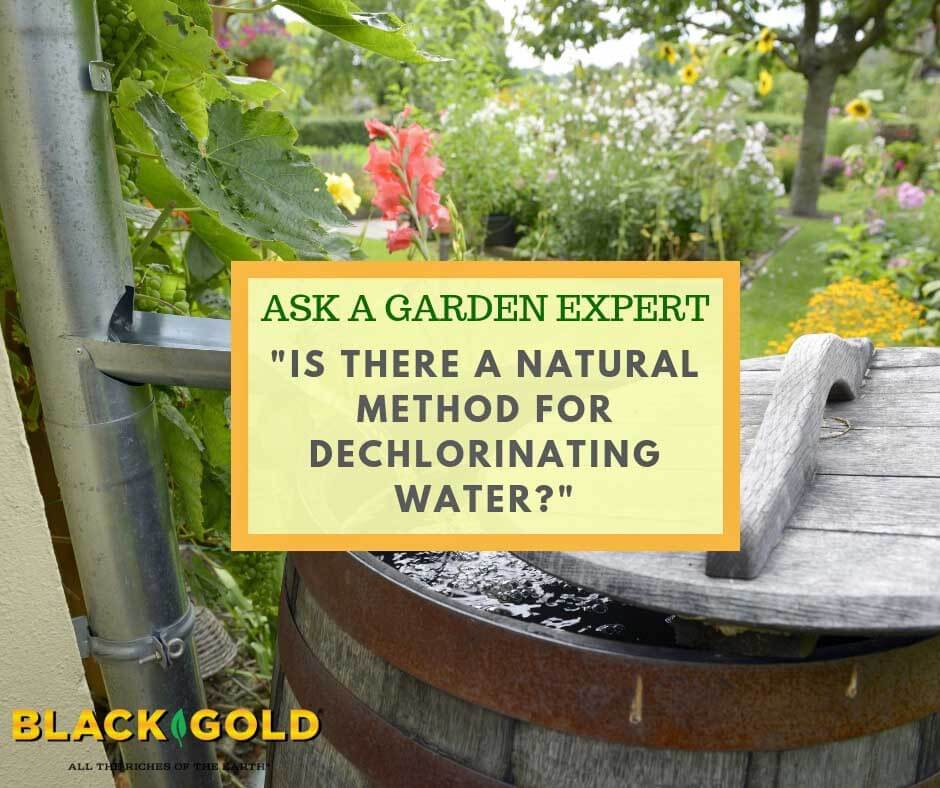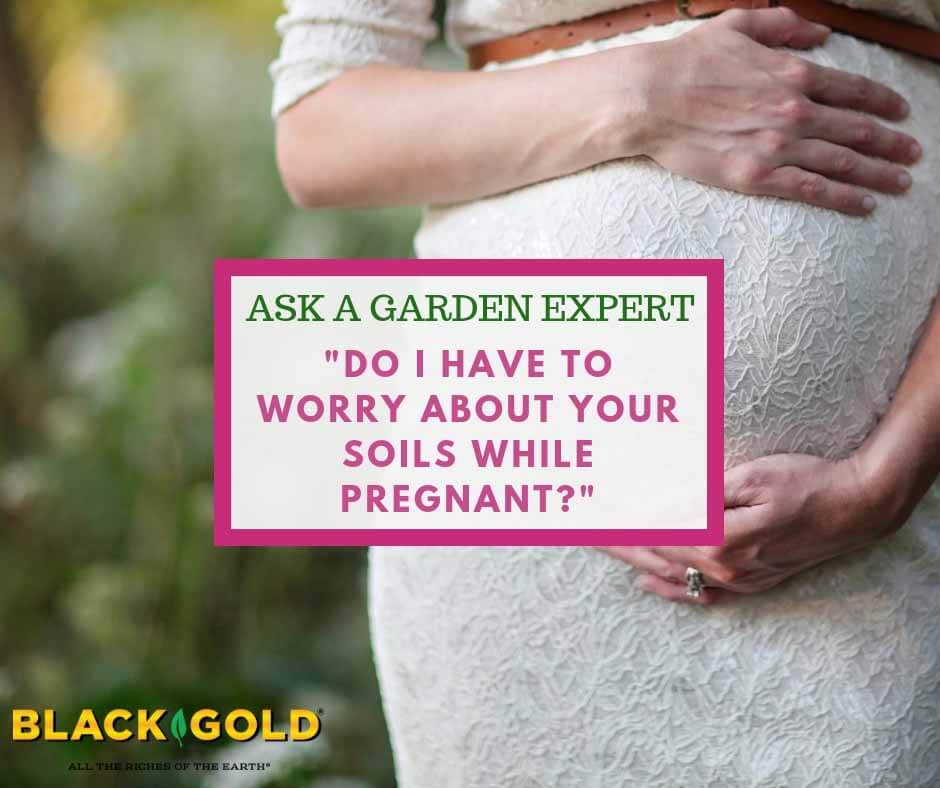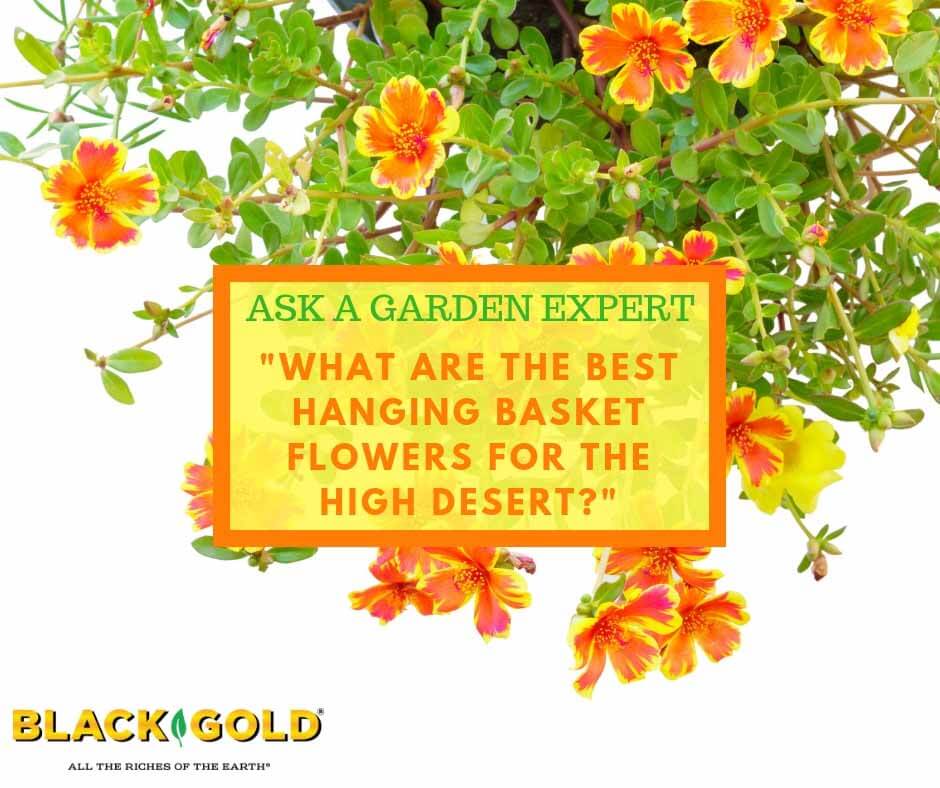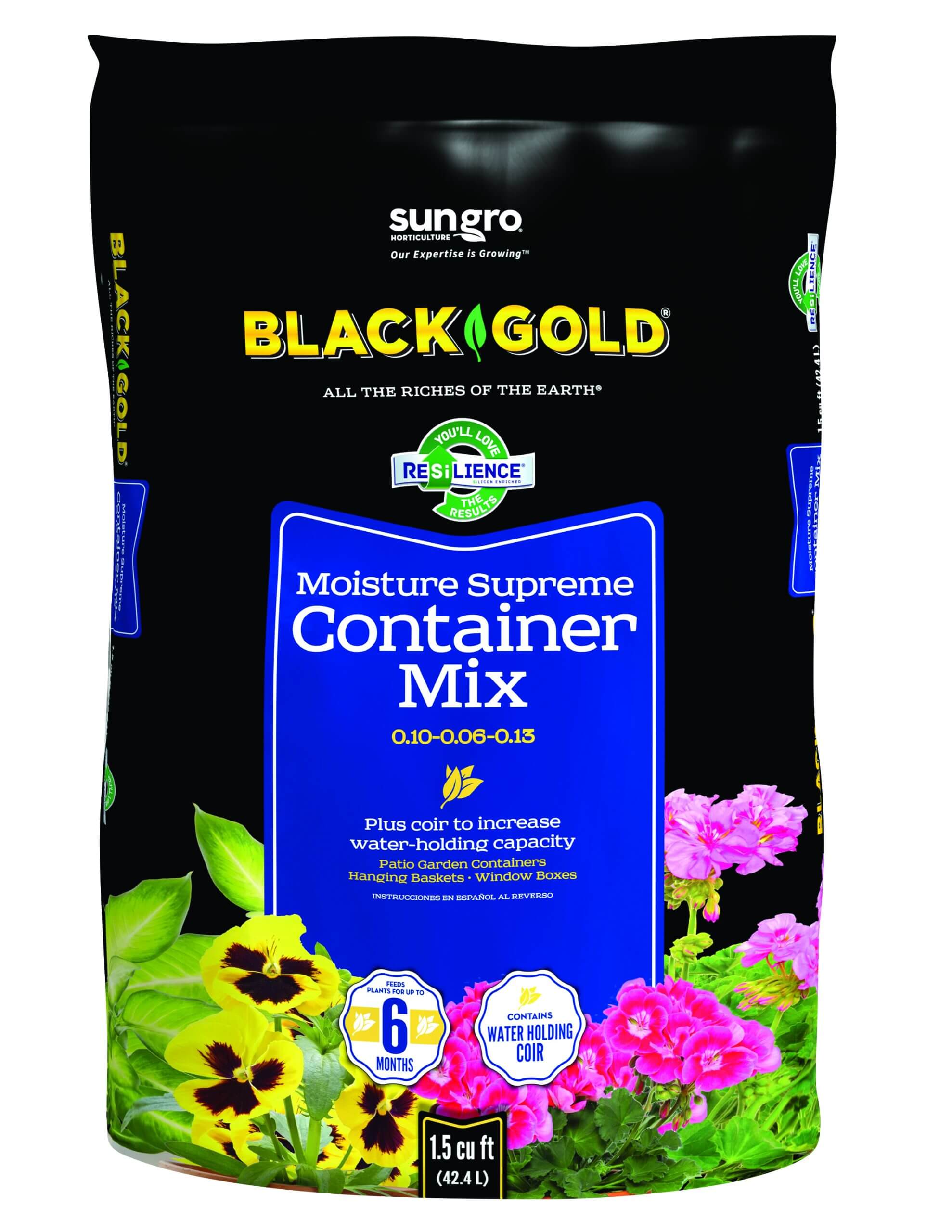
“I grow Bletilla orchids in my Southern California garden. Do you know of others that don’t need cold? I’m interested in having some more hardy orchids in the ground outside.” Question from Sandra of Thousand Oaks, California
Answer: When thinking of good hardy, terrestrial (ground) orchids for your Southern California garden, seek out area nurseries that offer greenhouse-grown local native orchids or adaptable non-native orchids. You are fortunate to have a fantastic resource in your area, the Santa Barbara Orchid Estate. They recommend several potted and ground orchids for outdoor growing in the Santa Barbara, California and the surrounding area. (Click here to view their outdoor orchid list for beginners.)
They recommend Stenoglottis species and hybrids for in-ground growing where you live. Stenoglottis is an African orchid genus with many types able to withstand your climate. The vigorous, hot-pink hybrid Stenoglottis ‘Venus Jamboree’ is very pretty and comes highly recommended. Give it filtered light and soil with good moisture during the growing season (allow plants to dry between watering during the winter months). You can cultivate them as potted or in-ground plants. Either way, I recommend fortifying their soil with Black Gold Just Coir to increase water-holding potential. (Click here to read about some of my favorite hardy terrestrial orchids. If you can grow Bletilla, you may also be able to grow some of these as well.)
I hope that this information helps!
Happy gardening,
Jessie Keith
Black Gold Horticulturist



